Imagine That! Fun facts about Karlos Carcamo’s “The Sweet Life”
Imagine That! Fun facts about
Karlos Carcamo’s “The Sweet Life”
Karlos Carcamo
Baseball caps and books aren’t two things normally associated with each other. But in the imaginative mind of visual artist, Karlos Carcamo they seamlessly work together to create an engaging and educational work of art. In our current exhibition, Txt: art, language, media, Carcamo’s work, The Sweet Life adorns baseball caps with historical passages and images from the Harlem Renaissance to connect the past and present of the Sugar Hill community. We spoke with Carcamo and discovered where his obsession with caps and books comes from, exactly how many pages it takes to make one text covered cap, which famous writer’s words appear on a cap (hint: he speaks of rivers) and more. Imagine that!
Karlos has a thing for baseball caps and books
The Sweet Life by Karlos Carcamo.
“I’m attracted to working with baseball caps because they are an identifiable object. They were part of my youth and hip-hop and urban culture. Also the cap’s history is part of American pastimes like baseball. I love objects that have cultural references. Books have always been magical works where I can disappear. When I was a kid I would go to the library. My dad used to work at Alexander’s, a department store in Long Island. Most kids would go see the toys but I would always go to the books area.”
Karlos Carcamo Studio
Six to eight pages = one baseball cap
Interfacing material used by Karlos for The Sweet Life.
“To create the five caps on the shelves I used 30-40 pages from the book, The Portable Harlem Renaissance Reader by David Lewis. I used to stitch the caps by hand but over the years I learned better techniques. Now I use interfacing which adds stiffness to the pages. I glue the paper’s edges together and put that sheet on top of the interfacing sheet. Then I use a regular clothing iron to apply heat. This makes the pages and fabric bond together, making it easier to cut and stitch without worrying about the pages falling apart. When completed I spray the caps with PaperSaver, a deacidification spray since paper is not archival and can start changing colors and become fragile over time. The whole process took several weeks and I did it all by myself.”
History comes alive on a cap
“I decided to use The Portable Harlem Renaissance Reader because I wanted to explore the history of the Harlem Renaissance. I chose pages from writers I felt children might know or study in school like Langston Hughes. I am hoping as they look at the baseball cap they might come across something—even if a small passage—that might help them make a connection to learn more about the history of their community.”
--
[This interview has been edited and condensed for clarity]
All Images courtesy of the artist.





